【文化释说英文有声书】第一篇 传统华服(五)
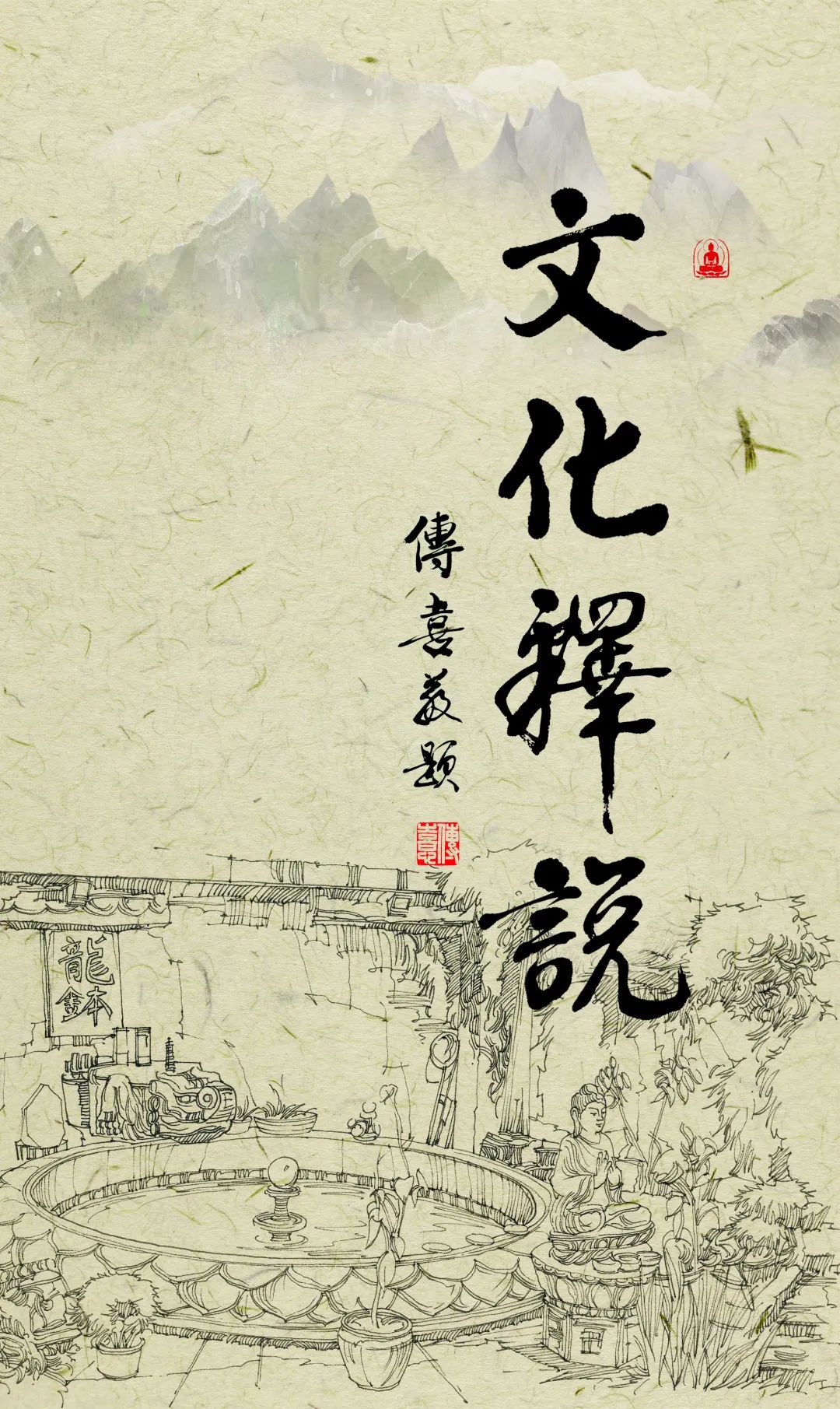
传
统
华
服
Section Five – Traditional Chinese Attire
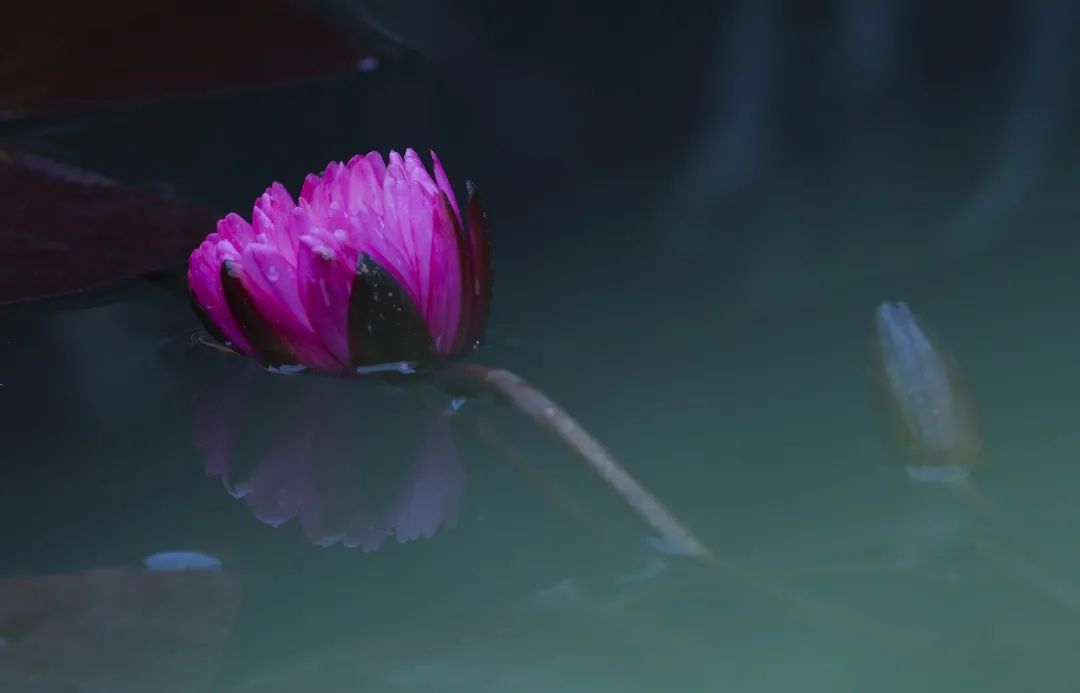
交领右衽,乃华夏风习。衽,本义为衣襟。左前襟掩向右腋系带, 将右襟掩覆于内。几千年传承下来的华夏礼服皆右衽。方向错了都不行,右衽是顺着大道,左衽是悖离大道。
The overlapping rightward collar is a Hua Xia custom. The original meaning of ren (衽) is the collar. The left front collar is spread rightwards and tied to a strap underneath the right armpit such that the right collar is hidden inside. For the tradition of Hua Xia costume that has since been passed down for a few thousand years, it has always been a rightward collar. The direction cannot be made wrong. A rightward collar symbolizes accord with the Great Dao; a leftward collar deviation from and abandoning of the Great Dao.
大家看我们出家人的衣服 , 以前上至皇帝 , 下至平民百姓 , 穿的都是这个。只不过帝王和高级官员的礼服上绘绣的是十二种纹饰 , 即日、月、星辰、群山、龙、华虫、宗彝、藻、火、粉米、黼、 黻等, 通称“十二章”, 绘绣有章纹的礼服称为“衮服”或“十二章服”。
Let everyone look at the robes we monastics wear. This is what everybody, from the emperor at the top to the common folk at the bottom, wore in the past. It was just that the costumes of the emperors and high-level officials had twelve kinds of embroideries–the sun, the moon, the constellations, mountain ranges, dragons, pheasants, tigers and monkeys, algae, fire, rice, hatchets, and special symbols – commonly called the twelve marks sewn onto them. Costume which had these embroideries sewn on to them was known as gun fu (royal costume) or ‘costume with the twelve marks’.
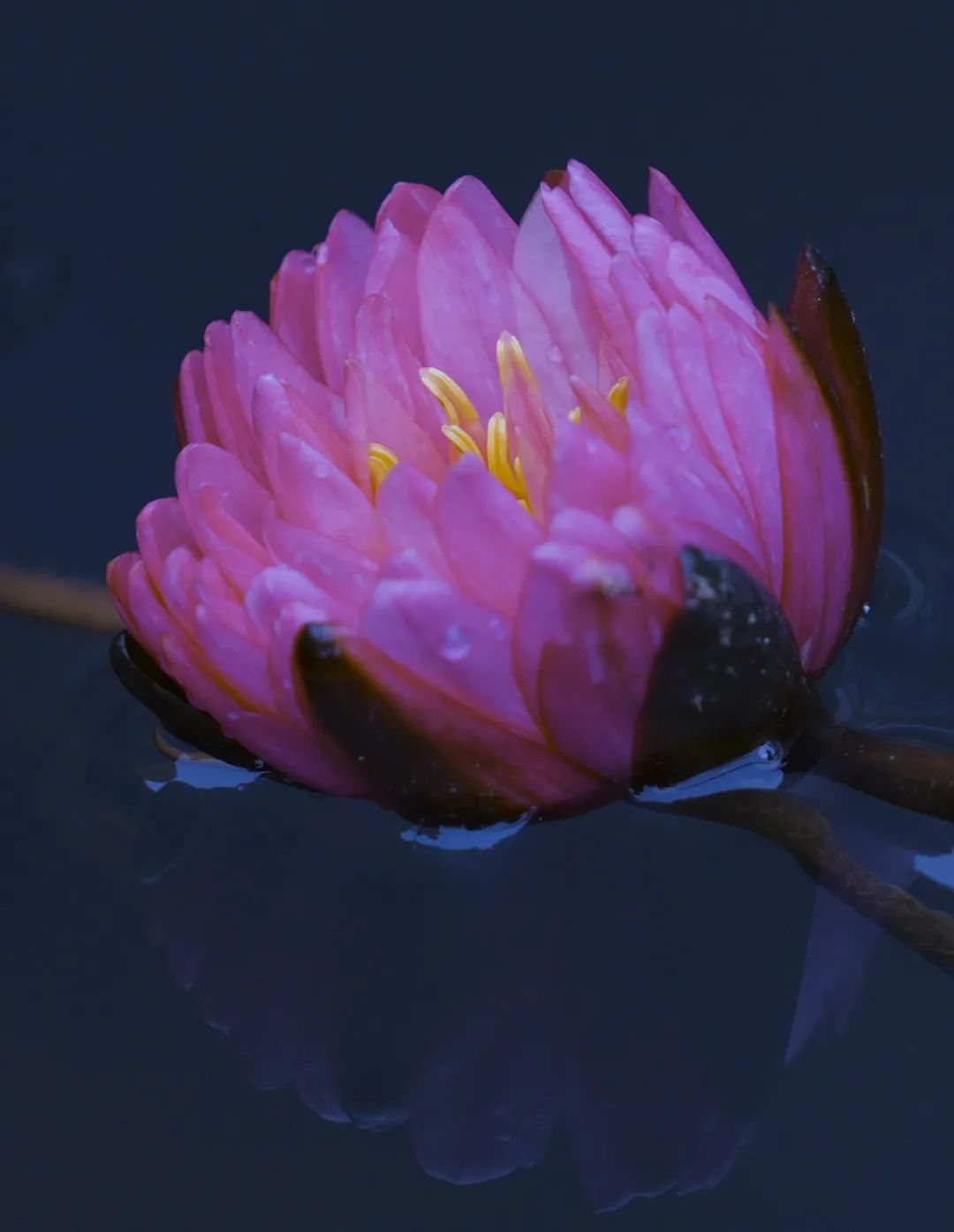
为什么交领右衽乃华夏风俗?这边一阴,这边一阳,右衽盘旋着过来,代表什么?代表 DNA 的旋转状态,代表生命生生不息的力量! 现代的服装什么都不代表,只是一块遮羞布,没有更高贵的内涵。
Why is the overlapping rightward collar a Hua Xia custom? On the one side is yin, and the other yang. With the collar going around to the right, what is it that is being represented? It represents the spiraling form of the DNA, and the unceasing energy of life! Nothing is being represented in present-day costume – it is just a piece of cloth to cover up one’s nude body; nothing of a nobler meaning is being embodied within.
传统的华服,不仅仅有礼有仪,而且有道有德。包括出家人的僧服领子都有讲究,领子由三块布拼成,这代表三皈依,皈依佛法僧。出家人以“三宝”为生命核心,下面有五十三道条子 , 表“五十三参”。
There is not only propriety and decorum in traditional Chinese costume, there is also the Dao and virtues. This extends to the collar of the monastic’s robes which is made up of three pieces of cloth. This represents refuge in the Triple Gems of the Buddha, the Dharma, and the Sangha. The Triple Gems are at the core of the monastic’s life. On the collar, there are fifty-three straps to represent the Fifty-three Visits (of Sudhana to learn from the wise ones in the Avatamsaka Sutra).
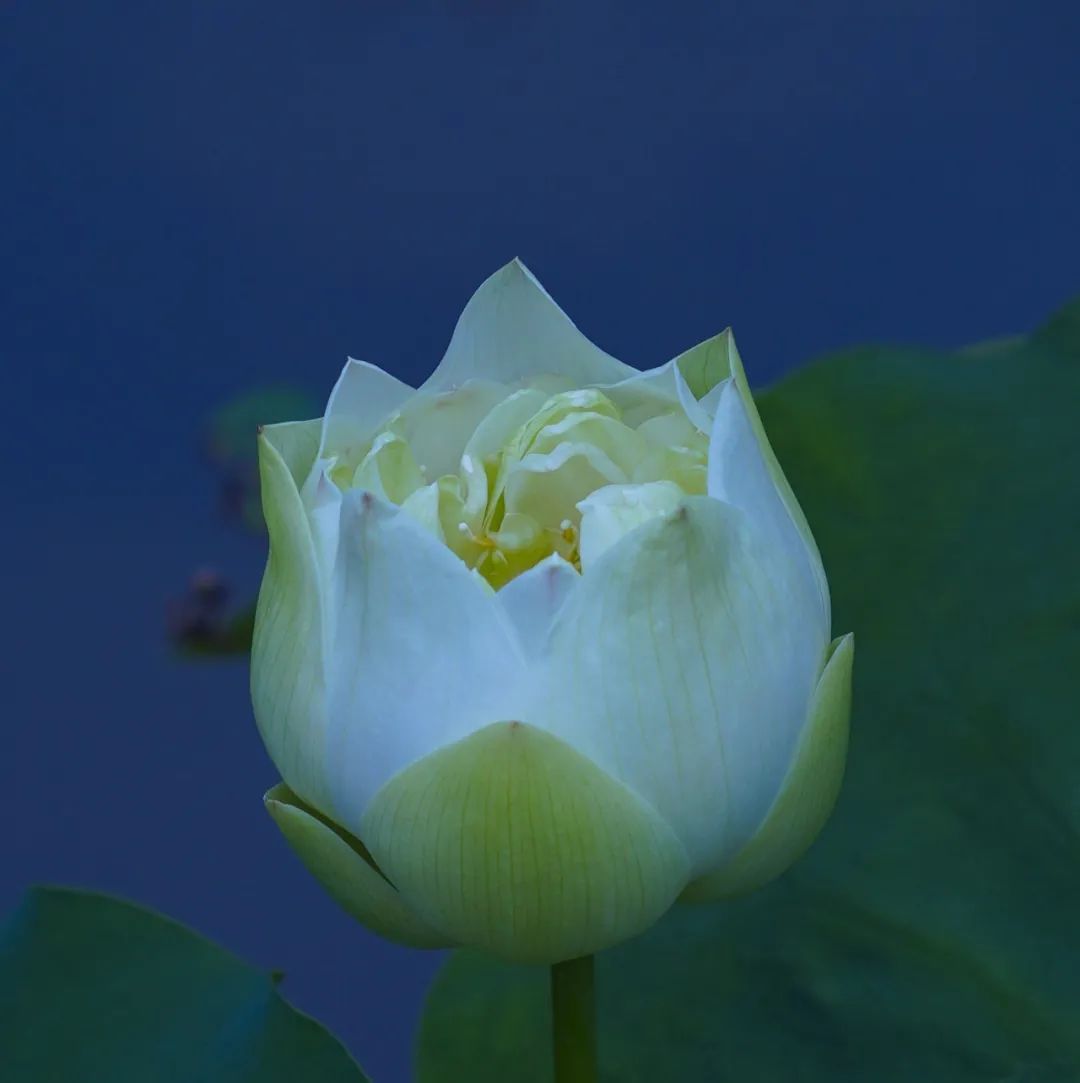
“五十三参”, 表示做人要谦虚。也就是说,一个人以何为宗? 以何为袖?生命的宗旨是什么?出家人以三宝为核心,五十三参 , 表示做人要谦虚 , 生活中处处有真理 , 随时随处都要看到值得你学习的地方 , 看到道的存在。不仅仅“三人行必有我师”, 乃至一花一草、一树一叶 , 合理合道,皆蕴真谛 , 关键要有一双发现真理的眼睛。
The Fifty-three Visits mean that a person should be humble, which is also to say: what should a person’s life purpose be, and what should be secondary.?Monastics see the Triple Gems as the core of their lives. The Fifty-three Visits mean that a person should be humble. There is truth everywhere in one’s life - we can see something worthy for us to learn anytime and anywhere, we see the existence of the Dao. Not only can we learn from the people around us, but even a flower, a grass, a tree, or a leave, is in accord with reason and the Dao. They all embody the truth. The crux is to have a pair of keen eyes for the truth.
僧服上还有两根带子 , 它们代表戒 ,“戒”就是宁舍生命也不苟且偷生,这是做人的标准 , 这两根带子就是“一把刀”! 这把“刀”还代表规矩, 做人要有准则, 失去了准则, 宁死不活, 这叫“杀身成仁, 舍生取义”,中国人的仁义道德就来源于此。
There are also two straps on the monastic’s robes. They represent the precepts. The precepts signify that a person should not be living purposelessly, even if it means one has to give up one’s life. This is the standard for being human. These straps are a sword! This sword also represents rules. There are rules for being human. Once these rules have been abandoned, one would rather give up one’s life. This is known as ‘killing the body to achieve benevolence, and giving up life to give meaning’. The benevolence, morality, and ethics of the Chinese originate here.

一个人活出了准则 , 还会看到老人倒地不扶吗?“他讹不讹我” 是他的事 ,“我扶他”这是我做人的尊严。狗看到自己的同类被撞了, 还会把它拉到路边上 , 人没有道德 , 猪狗不如。
If one lives with decorum, would one still not help an old person who has fallen down? ‘It is his business whether he wrongs me or not. I am helping him out of human dignity.’ When a dog sees other dogs being knocked down, it will also drag their own kind to the side of the road. One is less than a pig or a dog if one does not possess morality and ethics.
不论活着还是死去, 都要有准则。一个人 , 不是有呼吸就算活着, 倘若没有道德约束,没有规矩 , 行尸走肉一个。
Whether one is alive or dead, one has to have decorum. A person is considered living not just because he is breathing. Without the restraints of morality, and without decorum, a person is just a living corpse.
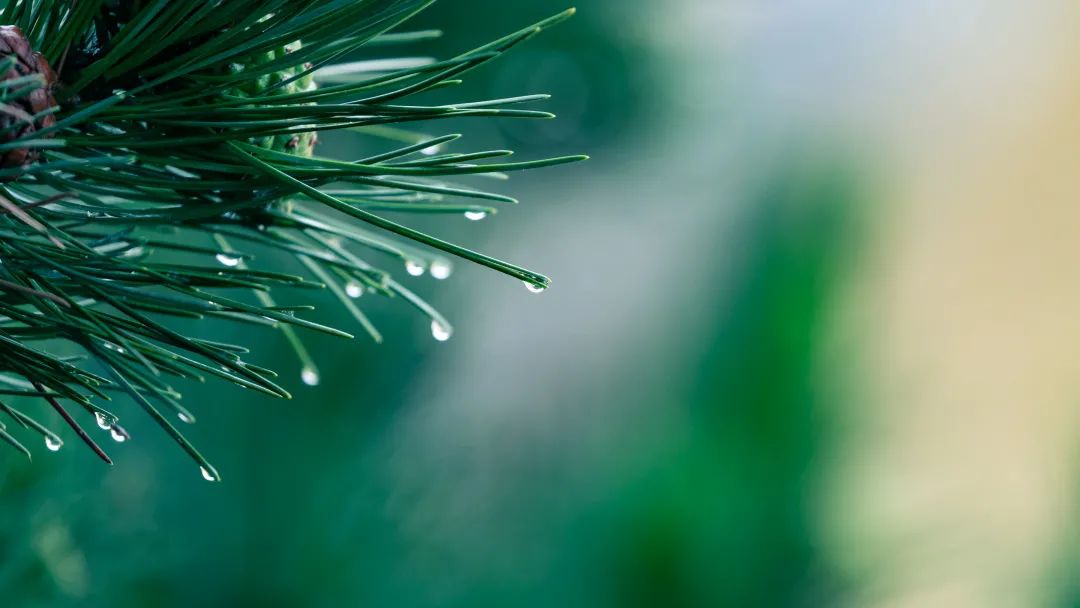
我们的僧服上圆代表天,下方代表地,天圆地方。这个衣襟,代表天地之间是相通的。当中留有一洞,人的头颈从中露出来,这就代 表道,在道中而生。所以中国人对待死亡,是有文化价值标准的:有 的人,虽死犹荣;有的人活着 , 但其实已经死了。
The rounded top portion of the monastic’s robes represents heaven while the quadrate lower portion earth – heaven being spherical and earth being flat. The collar represents the interconnectedness of heaven and earth. One is able to let one’s head through a hole in the centre – this is representative of the Dao within which one is brought into existence. As such, there is a standard of cultural values with which the Chinese treat death. Some people feel honoured even upon death, while others are in fact already dead even when living.
再看看我们僧俗二众在礼佛时所穿的海青 , 袖口为什么那么大? 这叫乾坤袖 , 量大福大 , 袖子可以装天装地 , 难道我们的心就不能装天装地吗?我们要时刻提醒自己所拥有的内心财富 , 这方心地宝藏, 岂止是装天装地啊!海青衣领前为什么有五十三条线?这表示我们做人要谦虚 , 要向善财童子参学五十三参那样 , 把别人当菩萨 , 把自己当学生 , 活到老学到老。一个人圆满了就是佛,佛是人修的 , 所以命运掌握在我们自己手里。
Let us also take a look at the hai qing (‘Buddhist black robes’) worn by both the monastics and the lay followers when we pay respects to the Buddha. Why are the sleeve openings so big? These are called ‘universe sleeves’. When one is big-hearted, great merits accrue. If these sleeves are able to contain heaven and earth, can our mind not do the same? We have to constantly remind ourselves of the internal wealth we possess. This treasure trove of our mind-ground – it is not merely to contain heaven and earth! Why are there fifty-three threads sewn on the collar of the hai qing. They are to mean that we have to be humble, be like Sudhana when he went on his fifty-three visits to learn from the wise ones, and treat everyone else as Bodhisattvas while ourselves students who are constantly learning no matter our age. A person perfected is a Buddha. Buddhahood is the culmination of a person’s practice. Therefore, our destiny lies in our own hands.
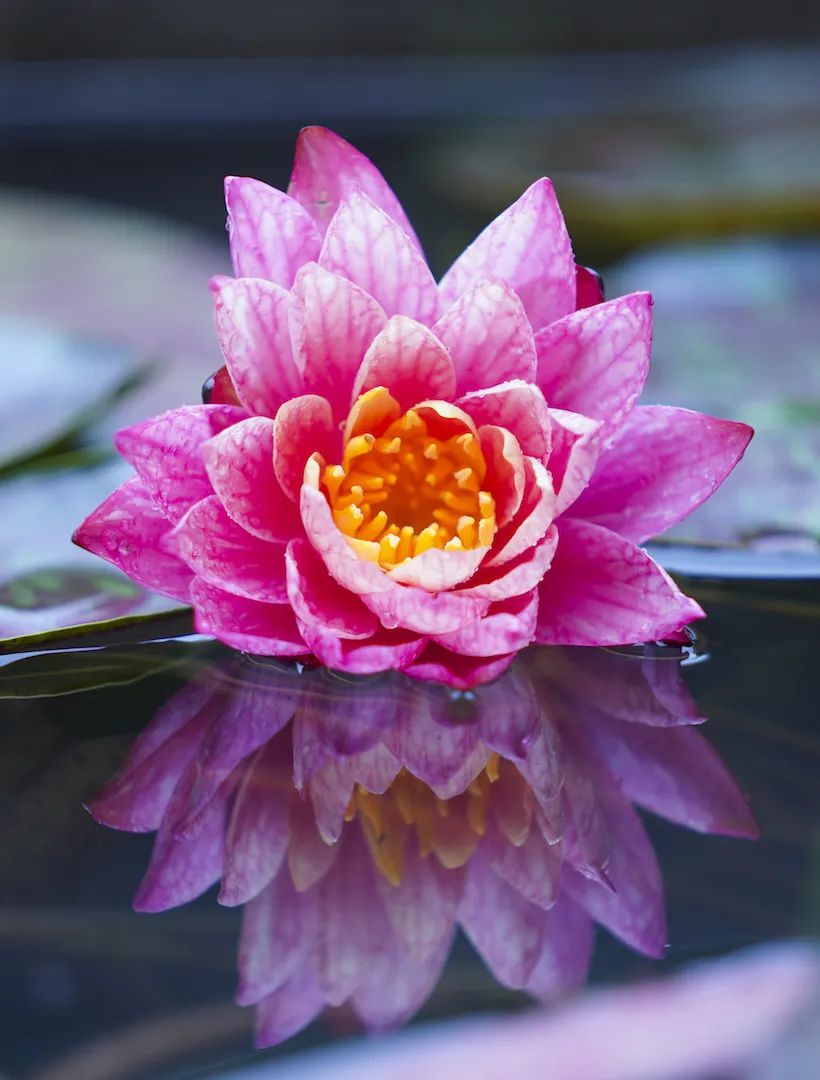
炎黄子孙,当我们不了解祖先文明的时候,活得多么可悲,就像一个失去魂魄、漂泊流浪的游子!
As descendants of Emperors Yan and Huang, we live very pathetically when we do not understand the civilization of our forefathers, just like a wandering vagabond without a soul.
相当一部分历史学家有“崖山之战无中国”之说。崖山海战非常重要,是南宋与元军对决的最后一战。最让后人耳熟能详的是,南宋十万军民竟然跳海殉国。说到底,民族气节就是深入骨髓和契入灵魂的文化坚守。
There are quite a handful of historians who subscribe to the saying that ‘the Middle Kingdom ceased to exist after the Battle of Yashan’. The Battle of Yashan was very important as it was the last battle in the confrontation between the armies of the states of Southern Song and Yuan. In the end, as everyone knows so familiarly, the soldiers and citizens of Southern Song numbering about a hundred thousand sacrificed their lives by jumping into the sea. In the final analysis, the spirit of a people is the predisposition that lies deep in the marrow and is infused in the soul to stand by and safeguard one’s culture.
“崖山之战”后, 受中华文化哺育的日韩 , 开始慢慢看不起中国。他们认为中国传统文化已经不存在了 , 而中国文化在他们那里。当然中国人自己也缺乏珍惜 , 遍地看看还有多少古文化?现在还有一种说法 , 要学唐文化得去日本 , 要学宋文化得到韩国。
After the Battle of Yashan, and having been nurtured by the Chinese culture, the Japanese and the Koreans started to gradually look down upon China. They feel that Chinese traditional culture is surviving only in their countries. Of course, we Chinese do not treasure our culture ourselves. If we look around, how much of our ancient culture is still with us? At present, there is even the saying that one has to go to Japan if one desires to learn Tang culture, and to Korea if one desires to learn Song culture.

作为炎黄子孙,我们真的要抽出一点时间,学学华夏的文化道统,它是可以传承的。
As descendants of Emperors Yan and Huang, we need to spend a bit of our time to learn about the Hua Xia cultural system. It can be inherited.
反过来说,如果我们辱没了祖宗,背弃了先祖的文化,还算不算祖宗 的好孩子?不算,是败家子。虽然人在大学体系里,但是我们的灵魂并没有触碰到祖先的文化。
On the contrary, if we disrespect our forefathers and abandon the culture of our ancestors, can we still be considered worthy descendants? No, we will be bringing about the downfall of our family. Although within the system of tertiary education, our souls have not gotten in touch with the culture of our ancestors.
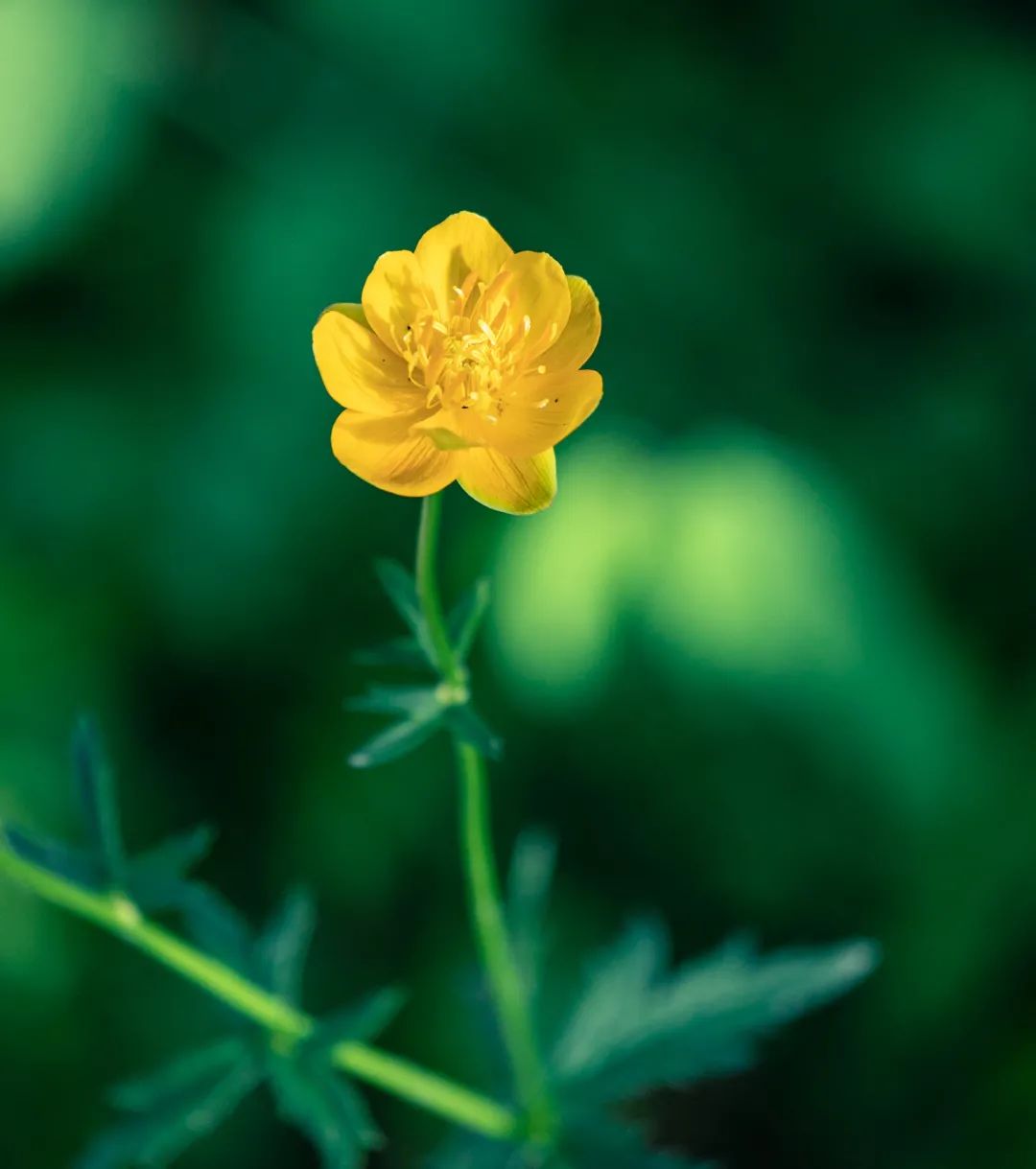
我们今天穿的衣服,还有多少中国传统文化的元素?我们当代的衣食住行,还有多少能够遇见道的踪迹?现在我们倡议恢复中国传统 文化, 重塑人们的人生观、世界观和价值观 , 既是对我们灵魂的拯救, 也是对中华民族传统文化的恢复与重构。复兴华夏文明,真的是任重而道远。
How much of the clothes we wear today embody elements of traditional Chinese culture? How much of our clothing, food, accommodation, and conduct contain traces of the Dao? At present, as we advocate the revival of traditional Chinese culture - and the transformation of our outlook on life, our outlook on the world, and our values - we are also conducting a rescue of our souls. It is also a revival and re-organization of the traditional culture of the Chinese race. The revitalization of the Hua Xia culture is indeed a heavy undertaking and the path seems long.
英文翻译&读诵:建成
慧日国际微信工作室
往期精选:
善師贊 Praise to the Wholesome Teacher
《妙法莲华经》(五百弟子受纪品第八)(Keith美式发音读诵)
【殊胜日功德亿倍】《妙法莲华经》(化城喻品第七)(Keith美式发音读诵)
【中英双语】《妙法莲华经》(授记品第六)(Keith美式发音读诵)
超能力、折叠时空、选择觉醒还是酷炫的神通?——「慧」看电影之《奇异博士》
最新视频《祈愿Praying》全网首发,祈愿世界疾疫消除、众生吉祥安乐
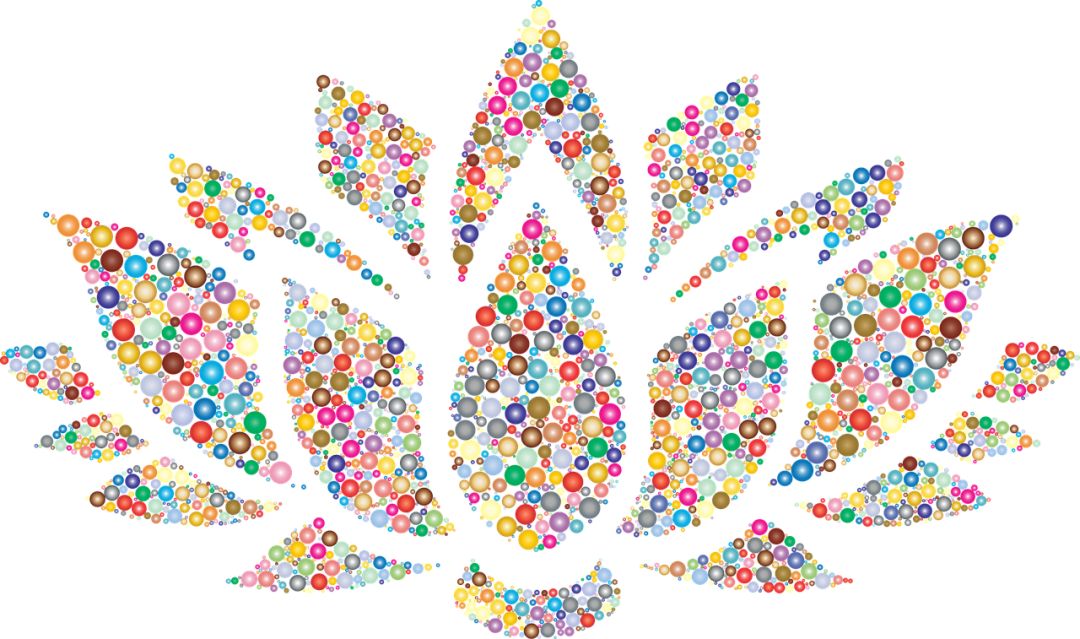
什么!?慧日国际佛学平台招募义工,还不赶快报名!
我们用心选择图文,陪伴读者走过漫漫时光,如果您也怀揣信仰,
擅长英语、法语、德语、意大利语、西班牙语、葡萄牙语、俄语、韩语、日语、瑞典、挪威语、荷兰语等语种翻译,文字编辑,和图文海报设计,那就别犹豫啦!邮箱:Huiriguoji_recruit@qq.com
~随喜转发~
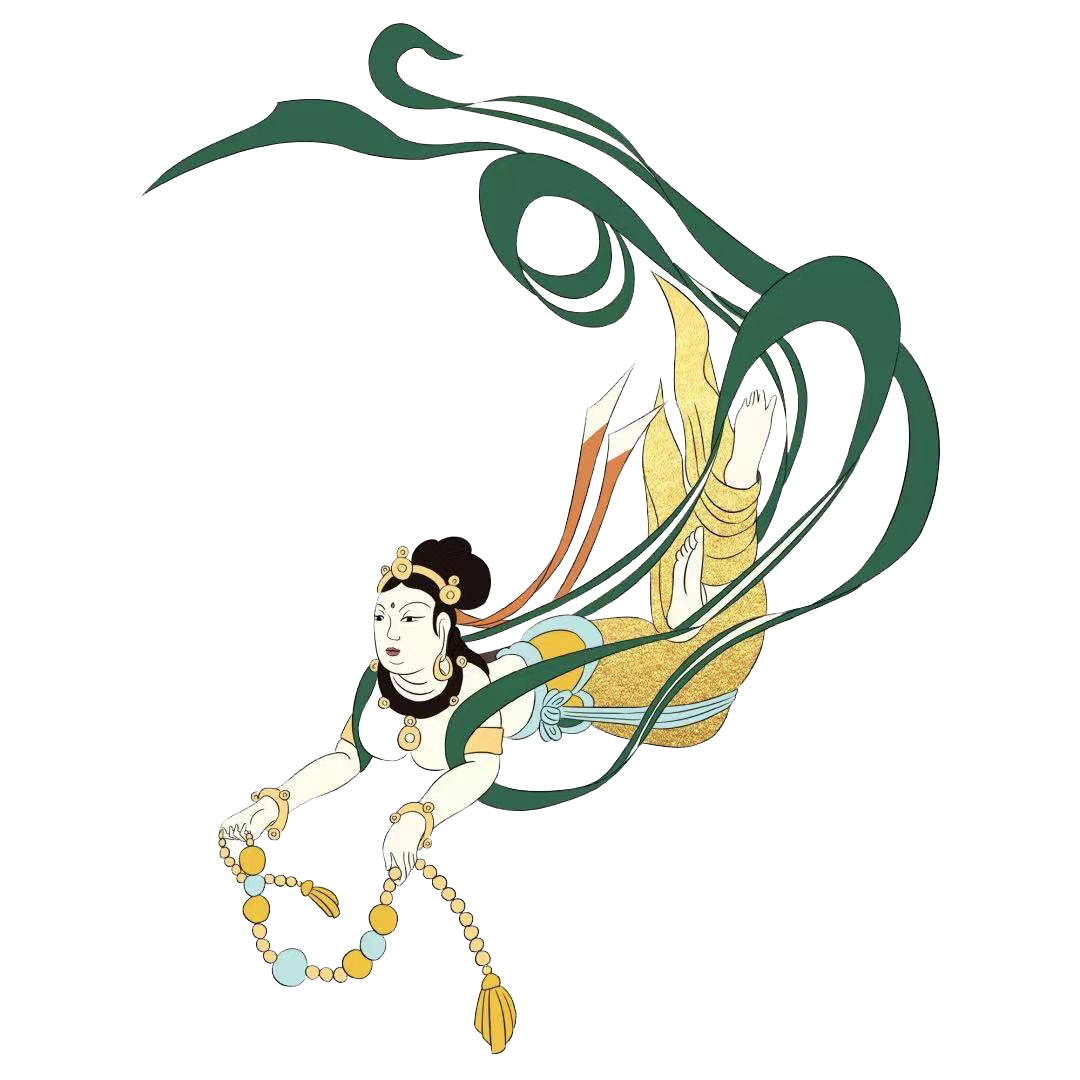


关注公众号
发菩提心
慧日国际佛学HRIB
义工招募:
如果您对微信排版、海报设计、多语种翻译有兴趣
请和我们联系吧!
- 相关文章
- · 甘露醍醐 | 这是春夏秋冬滋养自我最好的方式
- · 日诵净行品19愿——同佛出家,救护一切
- · 最后,每个人都会找到自己的答案
- · 今天,莲花代表感恩
- · 我第一次来五台山,印象最深的就是这位老师父
- · 佛陀涅槃时,阿难尊者问了哪几个问题?
- · 出家二十七周年纪念日 | 我的出家因缘
- · 【茶香慧日寺】:你的生命方向是什么
- · 蕅益大师:观现前一念心性 切莫痴狂向外求
- · 【英法德意西日韩七国语种视频】慧日法语每周甄选
- · 甘露醍醐 | 修行者的生日,最大的恩者是师父
- · 六月初八纪念日 | 这尊大佛前高僧辈出
- · 回首,二十七载,一步与一生
- · 【英法德意西日韩七国语种视频】慧日法语每周甄选
- · 出家,是我此生唯一的选择
- · 这里除了气候的清凉,还有智慧的清凉
- · 【悟道法师净土精要】在佛门修行,应以何种心态来面对四众
- · 【西班牙英语韩语视频】慧日法语甄选|转凡成圣
- · 修行人,要起吉祥的念头
- · 甘露醍醐 | 当自己改变的时候,世界也会改变